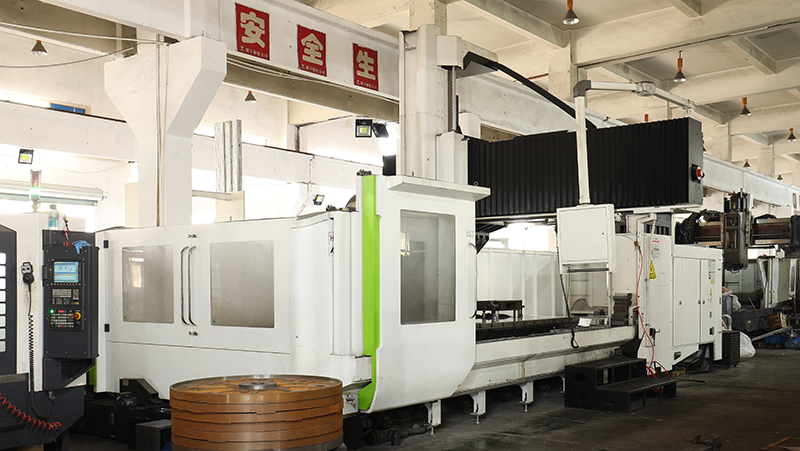How to Choose the Right Paper Bag Making Machine for Your Needs
Release time:2025-05-08 Classification:Knowledge
Selecting the ideal paper bag making machine is critical for optimizing production efficiency, ensuring product quality, and meeting sustainability goals. Whether you’re a startup or an established manufacturer, understanding key factors will help you make an informed decision. Below is a professional breakdown of essential considerations.

1. Assess Production Requirements
- Output Capacity: Determine your daily or monthly production volume. Machines vary in speed, ranging from 20 to 200+ bags per minute. High-speed models suit large-scale operations, while slower machines work for smaller batches.
- Bag Specifications: Define bag dimensions, handle types (twisted, flat, or ribbon), and paper weight compatibility. Ensure the machine supports your desired bag styles (e.g., grocery, gift, or merchandise bags).
2. Evaluate Machine Types
- Automatic vs. Semi-Automatic:
- Automatic machines minimize manual intervention, ideal for high-volume output.
- Semi-automatic models offer flexibility for customization but require more labor.
- Multi-Functionality: Opt for machines capable of printing, gluing, and folding if you need end-to-end production in one system.
3. Material Compatibility
Ensure the machine handles your chosen paper type (kraft, recycled, coated, or laminated) and thickness (GSM). Some machines struggle with heavy-duty materials, leading to jams or inconsistent output. Verify compatibility with eco-friendly adhesives if sustainability is a priority.
4. Automation and Precision
Advanced features like PLC (Programmable Logic Controller) systems enhance precision in cutting, folding, and gluing. Look for user-friendly interfaces and quick-adjustment mechanisms for seamless transitions between bag designs.
5. Energy Efficiency and Durability
Machines with energy-saving motors reduce operational costs. Prioritize robust construction (e.g., stainless steel components) to withstand long-term use and minimize downtime.
6. Maintenance and Support
Choose suppliers offering comprehensive technical support, spare parts availability, and training. Regular maintenance is crucial for longevity, so opt for machines with easy-access components.
7. Safety Features
Ensure compliance with international safety standards (e.g., CE certification). Features like emergency stop buttons, protective guards, and overload protection safeguard operators.
8. Budget Considerations
Balance initial investment with long-term ROI. While high-end machines cost more upfront, their efficiency and durability often justify the expense. Compare warranties and financing options.
9. Test Samples
Request sample bags produced by the machine to verify quality, seam strength, and print clarity (if applicable). Testing minimizes post-purchase surprises.
Final Tips
- Prioritize scalability: Select a machine that accommodates future growth.
- Research industry trends: Stay updated on innovations like AI-driven quality control or IoT integration for smarter production.
By aligning machine capabilities with your operational needs, you can streamline production, reduce waste, and deliver high-quality paper bags that meet market demands.






